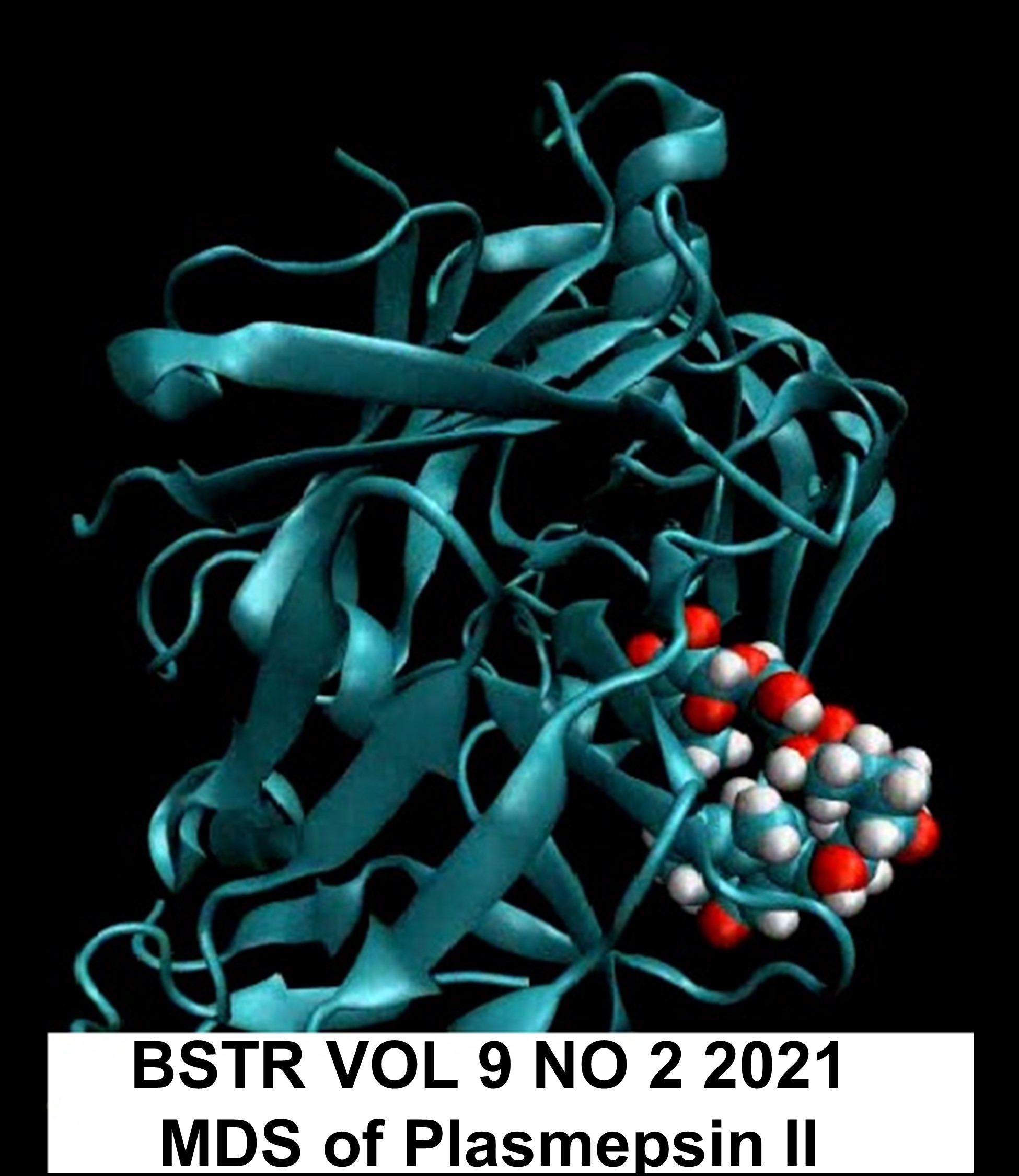Phytoremediation of PAHs in Contaminated Soils: A Review
DOI:
https://doi.org/10.54987/bstr.v9i2.609Keywords:
Bioremediation, Phytoremediation, PAHs, Soil, PollutionAbstract
Polycyclic aromatic hydrocarbons (PAHs), which are also part of persistent organic pollutants (POPs), are considered to be especially toxic to humans (carcinogenic), likewise to plants, microorganisms and other living organisms. PAHs soil contamination occurs by storage leaking, transport loss, the land disposal of petroleum waste, and accidental or intentional spills. Due to their ubiquitous occurrence, recalcitrance, bioaccumulation potential and carcinogenic activity, PAHs are a significant environmental concern. The methods of controlling and repairing PAH-contaminated soils mainly include physical remediation, chemical remediation and phytoremediation. However, there was an increasing focus on phytoremediation technologies as a result of their unique advantages, including low cost, lack of secondary pollution and large-area application. Phytoremediation is therefore one of the soil remediation technologies with the greatest potential.
Downloads
Published
How to Cite
Issue
Section
License
Authors who publish with this journal agree to the following terms:
- Authors retain copyright and grant the journal right of first publication with the work simultaneously licensed under a Creative Commons Attribution License (http://creativecommons.org/licenses/by/4.0) that allows others to share the work with an acknowledgement of the work's authorship and initial publication in this journal.
- Authors are able to enter into separate, additional contractual arrangements for the non-exclusive distribution of the journal's published version of the work (e.g., post it to an institutional repository or publish it in a book), with an acknowledgement of its initial publication in this journal.
- Authors are permitted and encouraged to post their work online (e.g., in institutional repositories or on their website) prior to and during the submission process, as it can lead to productive exchanges, as well as earlier and greater citation of published work (See The Effect of Open Access).


